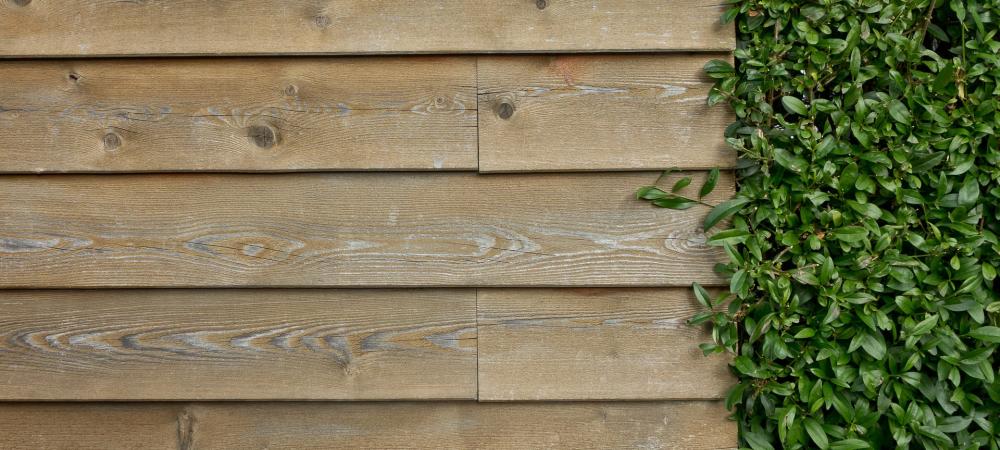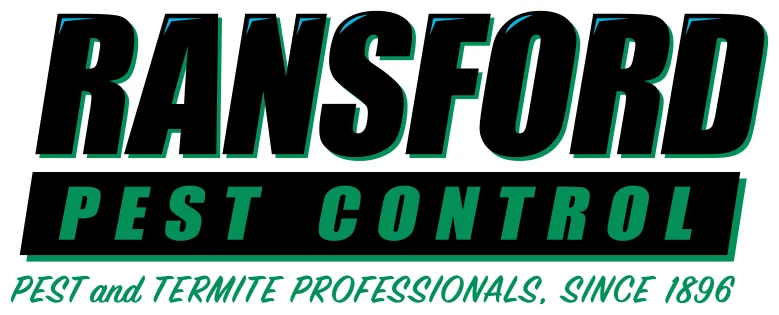How Much Does a Termite Infestation Actually Cost?

We already know we don't want termites in our house—but what happens if they make their way in? Is termite extermination expensive? The average cost of termite treatment varies on the type of termite and how much damage is done, as well as other factors such as the individual pest control company.
Termite Damage Repair
Termites are some of the most destructive pests a home can have. But just exactly how much damage can termites do?
Structural Termite Damage
Termites literally eat away at the structure of your home, and that’s where some of your biggest costs are going to be. The average cost of termite damage repair is $3,000, but that can vary widely depending on the extent of the damage and exactly what they ate.
Cosmetic Termite Damage
In addition to repairing the structure of your home, you may have to do some cosmetic work to hide the damage they did. Termites can create discoloration in the sheetrock, buckling floors, and even peeling paint. Cosmetic termite damage repair usually runs around $2,000, depending on the material that was damaged and what you choose to replace it with. Hardwood floors, for example, are far more expensive to replace than a few loose tiles.
Is Termite Extermination Expensive?
Before you can make any repairs, you have to get the termite problem taken care of, and that can be a bit costly. Within the fee you’re being quoted for the termite treatment plan, you not only have to pay for the cost of the chemical treatment using liquid termiticides (or bait if they’re using bait stations), but you also have to pay for the labor and training as well as the actual service hours. You can expect to pay between $4 and $7 per linear foot of your home for termite damage repair. Naturally, the termite treatment cost will vary based on the guarantee they offer you, where you’re at, and the type of treatment you choose.
The average cost of termite treatment may seem a bit costly at the initial quote, but consider it an expensive insurance policy. You’d probably rather have a yearly inspection than deal with the structural damage from termites. Contact us today at to learn more about how to get rid of termites in Massachusetts and stay termite-free.
Termite Prevention Tips
If you’re like most homeowners, you’re doing what you can to keep termites out of your home. After all, you don’t want your biggest investment in shreds. Unfortunately, sometimes you’re working against yourself. Are you making any of these mistakes?
Poor Mulching Habits
Mulch can look amazing around your home. It’s seriously helpful, too, ensuring your plants get the moisture they need, even when it’s a bit dry outside. Unfortunately, there’s a real potential for problems with mulch, though. It holds in moisture, and that’s exactly what those termites are looking for when it comes to survival. The moist, damp conditions that mulch creates are literally the perfect environment for a termite colony. Put it a bit too close to the house, and you have just lined up a buffet for the termites that is certain to attract those from miles around. This is the stuff termite dreams are made of, and you’ve made it really accessible to them.
Stacking Firewood or Other Materials Near Your Home
wood piles attract termites, whether it’s firewood for your fireplace or untreated building materials, or even yard waste in some cases. Making stacks of wood of any kind near your home is really not a good idea if you’re trying to protect it from termites. If you’re going to have piles of untreated wood lying around, make sure they’re as far away from your property as possible. You may want to keep them well organized, off the ground, and check them regularly for problems, too, because even if they’re at the back of your lot, it’s not much of a jump for termites to come to find your house after they’ve been hanging out in your wood pile.
Avoid Using DIY Products for Protection
Many people see those shelves at the hardware store lined with DIY solutions they’ve read about online and think, “Oh, what a great way to save some cash.” Don’t fall into that trap. None of those solutions you’re going to find on the shelf are actually going to do you any good. In fact, at best, they’re going to lull you into thinking things are fine with your home when, in fact, you could have real trouble brewing. Stay away from the DIY shelf and bring in a pest control professional now.
Termites do billions of dollars in damage to homes every single year—yours could easily be next on the list whether you’re making these serious mistakes or not. Talk to a local termite control company for a termite inspection. They’re often a free service if you sign up for an ongoing maintenance plan, and they’re the single best way to ensure you don’t have any termite problems near your home.
FAQ About Termite Damage Repair Costs
Here are some of the most common questions our exterminators receive about the costs of termite damage.
How Much Does A Termite Inspection Cost?
The national average cost for a termite inspection is around $100 to $300. However, this cost can vary based on factors such as the size of the property, location, and the extent of the inspection required. Some pest control companies may offer free inspections, while others might charge higher fees for larger properties or more comprehensive inspections. It's best to contact local pest control companies to get specific quotes for your situation.
How Much Does Termite Damage Repair Cost?
The average cost of termite damage repair is $3,000, but that can vary widely depending on the extent of the damage and the size of the affected area. In general, termite damage repair costs can range from a few hundred dollars for minor damage to several thousand dollars for more severe infestations.
How Do You Fix Termite Damage?
Fixing termite damage involves inspecting the extent of the damage, eliminating termites, repairing or replacing damaged structures, reinforcing vulnerable areas, and restoring the affected area cosmetically. Talk to your local professional termite exterminators for more information.
What Are The Most Common Termite Species To Cause Structural Damage?
The two most common types of termites that cause damage to structures are subterranean termites and drywood termites.
How Do I Know If I Have Termite Damage?
You can look for the following signs to determine if you have termite damage:
- Hollow-sounding wood: Tap on wooden structures, and if they sound hollow, it could indicate termite damage.
- Discarded wings: Finding discarded termite wings near windowsills or doors is a sign of a termite swarm.
- Mud tubes: Subterranean termites build mud tubes on walls or foundations to reach their food sources.
- Frass (termite droppings): Piles of small, wood-colored pellets near termite-infested areas.
- Sagging floors or ceilings: Termite damage weakens structures, leading to sagging or uneven surfaces.
- Tight-fitting doors or windows: Swollen or distorted doors and windows may indicate termite activity.
If you suspect termite damage, it's crucial to consult a professional pest control expert for a thorough inspection and appropriate measures.
